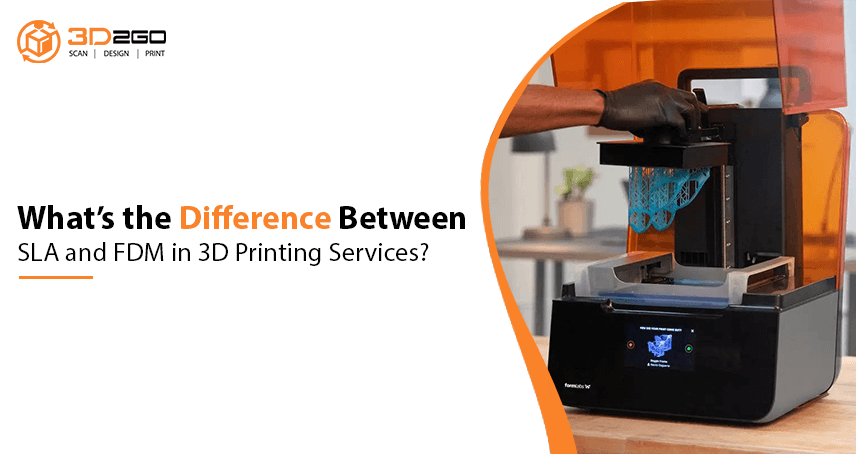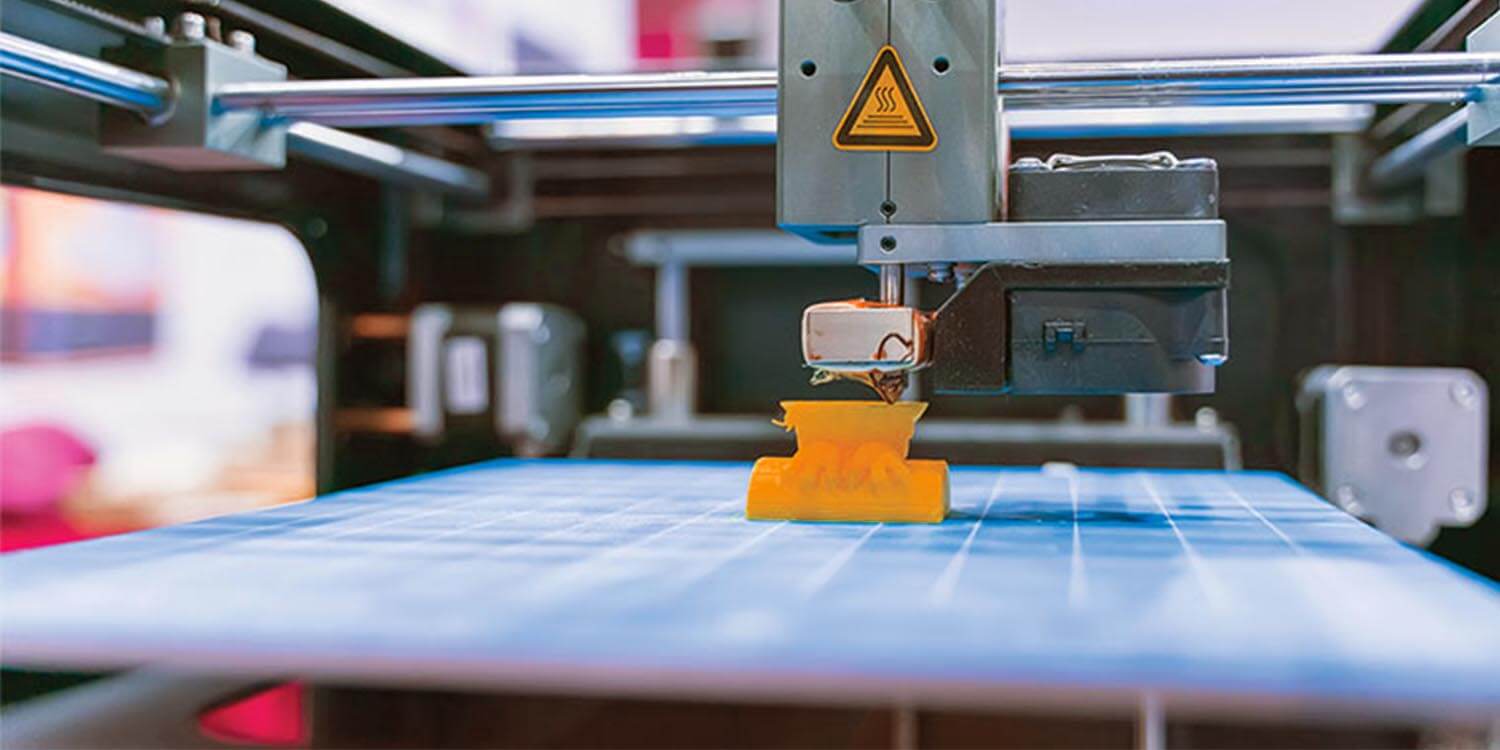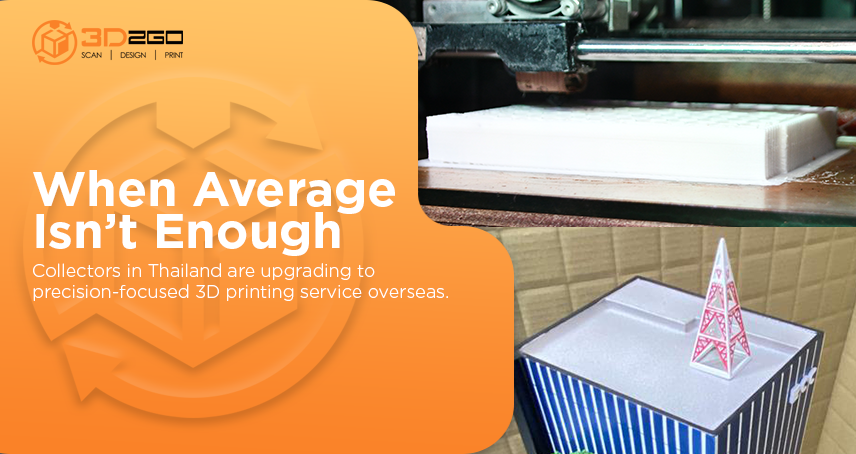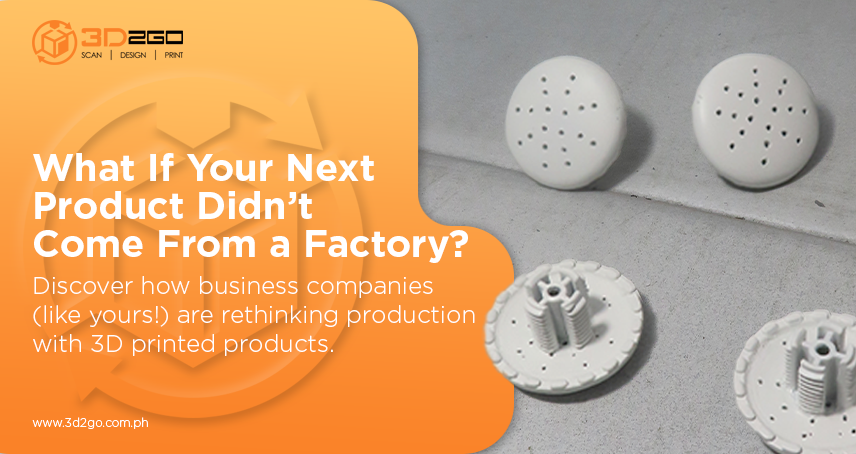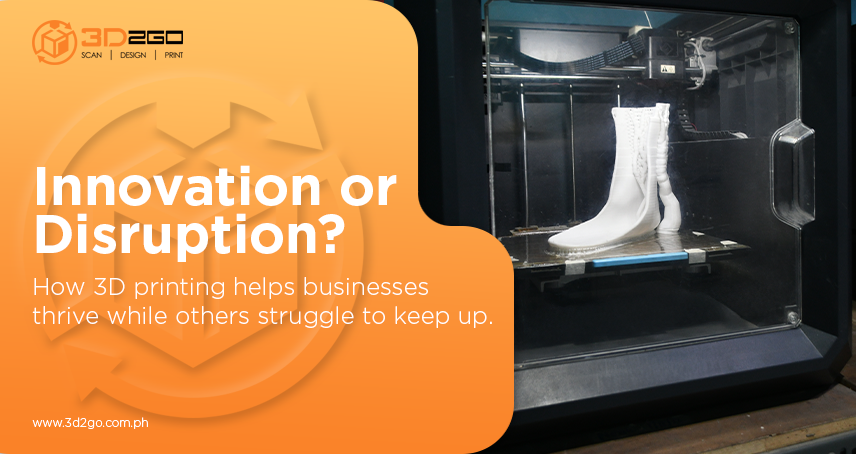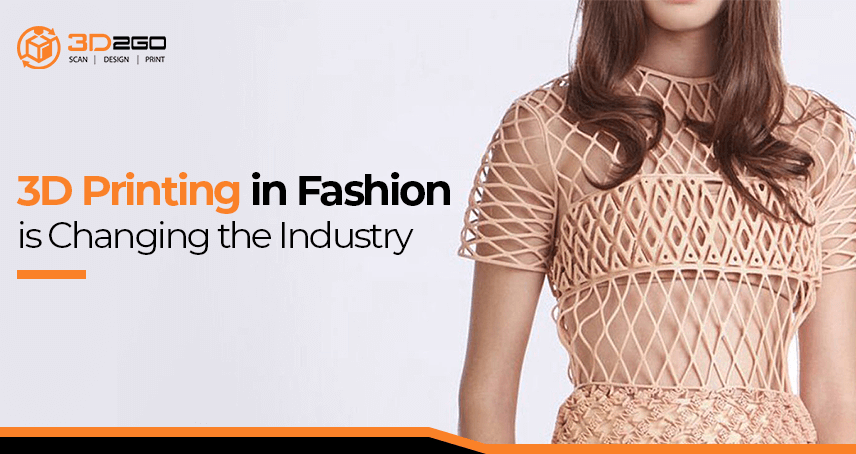
3D Printing in Fashion is Changing the Industry
June 28, 2022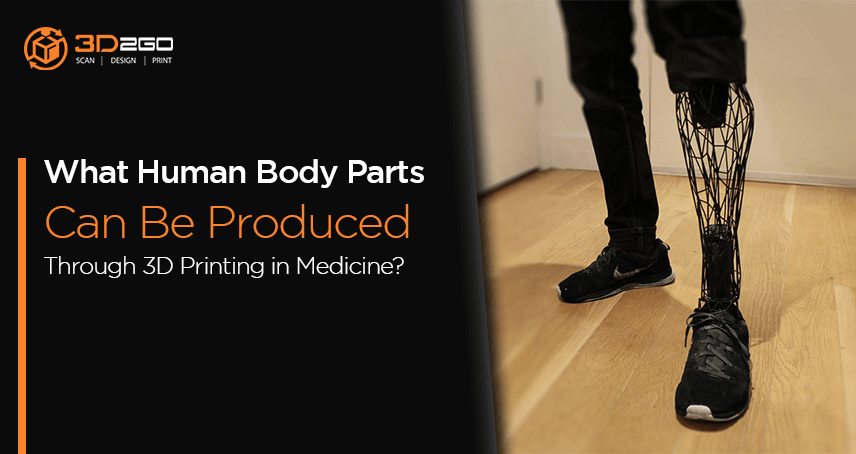
What Human Body Parts Can Be Produced Through 3D Printing in Medicine?
June 28, 2022Two of the most popular types of 3D Printing Services techniques are SLA and FDM. But what’s the difference?
The market for 3D printing and additive manufacturing has seen significant growth.
After becoming the go-to technology for prototyping and product development, 3D printing has found applications in manufacturing, dentistry, jewelry, and a variety of other fields.
The two most common types of 3D printers on the market are fused deposition modeling (FDM) and stereolithography (SLA). Both 3D printing methods have been modified and developed for different usage, making them more cheap, user-friendly, and powerful.
But what is their difference?
SLA vs FDM
When we talk about 3D printing technologies, we usually refer to FDM printing. It is the most well-known and widely used form of 3D printing. The technology is low-cost, user-friendly, and dependable. It enables the creation of layers that connect to build a 3D representation. The layers are linked together by fused wires.
The printer in FDM requires input data. The data is entered using a 3D model file that contains information on how the models should be split into layers. Several tools are available on the market, including Simplify3D, Slic3r, and Cura. The 3D model file extension is either.OBJ or STL.
On the other hand, we have Stereolithography Apparatus. Models are created in the shape of layers with this approach, much like in FDM. However, instead of plastic filament, a liquid resin material is used in this process. When subjected to specific light radiation, the resin solidifies.
Models with precise details may be produced with SLA printing. Layers are produced fast in this method, and their thickness is less than one hundred microns. Instead of fused wires, the layers are chemically linked to one other.
Printing Quality
The precision of the system in the FDM printing process is guided by the size of the nozzle and the accuracy of the extruder movement both horizontally and vertically.
That is why it is critical to correctly calibrate the system. The quality of FDM printing is totally dependent on the equipment. A FDM printer may be built from the ground up.
This means that the weight of the top layers crushes the lower ones. This might result in mistakes and difficulties. The layer thickness of FDM varies from 0.5 to 0.127 mm.
Because SLA printing does not require a nozzle to build layers, it is simple to achieve better stiffness and precision. The resolution is largely governed by the size of the optical dot of the extremely small light source.
The model requires less force while printing. It is because light is used to polymerize the polymer. In the case of SLA, the layer thickness varies from 0.05 to 0.01mm.
Color and Blend
The material availability of FDM is matched by the color choices. Regardless of material type, it may be easily mixed with the material in manufacturing to generate a broad palette of colors, providing designers and engineers with a lot of versatility.
With a diverse selection of material suppliers comes a plethora of color options, with some manufacturers even offering bespoke color matching to select clients.
SLA materials do not come in a wide range of colors and are often found in black, gray, and translucent hues. All SLA materials, on the other hand, are blended versions of the original base material and therefore available as application-based materials. While colors are frequently limited,
In some cases, experimenters can mix in their own pigments to generate a variety of hues, however this can be a challenging procedure.
Materials
FDM printers employ a diverse spectrum of thermoplastic polymers, as well as composites in the form of filament. Because the underlying thermoplastic materials are inexpensive, the filaments are also inexpensive and may be purchased at comparable rates across the world. Depending on the material type and quality, 300g of 3D printing filament can cost starting PHP 1,000.
SLA printers have a more limited material selection for 3D printing. SLA employs photosensitive thermosetting polymers in the form of liquid resin. The resins are expensive and are primarily produced by SLA printer makers.
These are highly specialized materials utilized for a variety of applications such as dentistry, jewelry, toughness, high temperature, and so on.
To think that 3D printing cost is not that cheap. It is important to consider this.
Advantages and Disadvantages
Here are the advantages and disadvantages, the basic differences between SLA and FDM.
| Advantage | Disadvantage | |
| SLA |
|
|
| FDM |
|
|
Conclusion
Always choose the right tool for the job as the initial step.
Both FDM and SLA have advantages and may be used for entirely distinct jobs or in combination with multi-part assembly processes.
SLA is the preferable alternative if you want to develop detailed feature design prototypes.
Otherwise, FDM will be more adaptable for components throughout the manufacturing process, from design to manufacture to maintenance.
But in essence, both 3D printing techniques are useful.
Looking for a 3D Printing Store Near You?
We are 3D2Go, the premier company for anything 3D in the Philippines. We have the technology and talents to assist you in creating a 3D model of various items.
We are the one-stop-shop of everything 3D such as 3D scanning, 3D modeling, 3D prototyping and more.
By allowing us to help you, you can assure an accurate and satisfying result of your project.
We sell 3D scanners and 3D printers if you want to do your own DIY project.
Reach us through our Facebook or leave us a message here.


